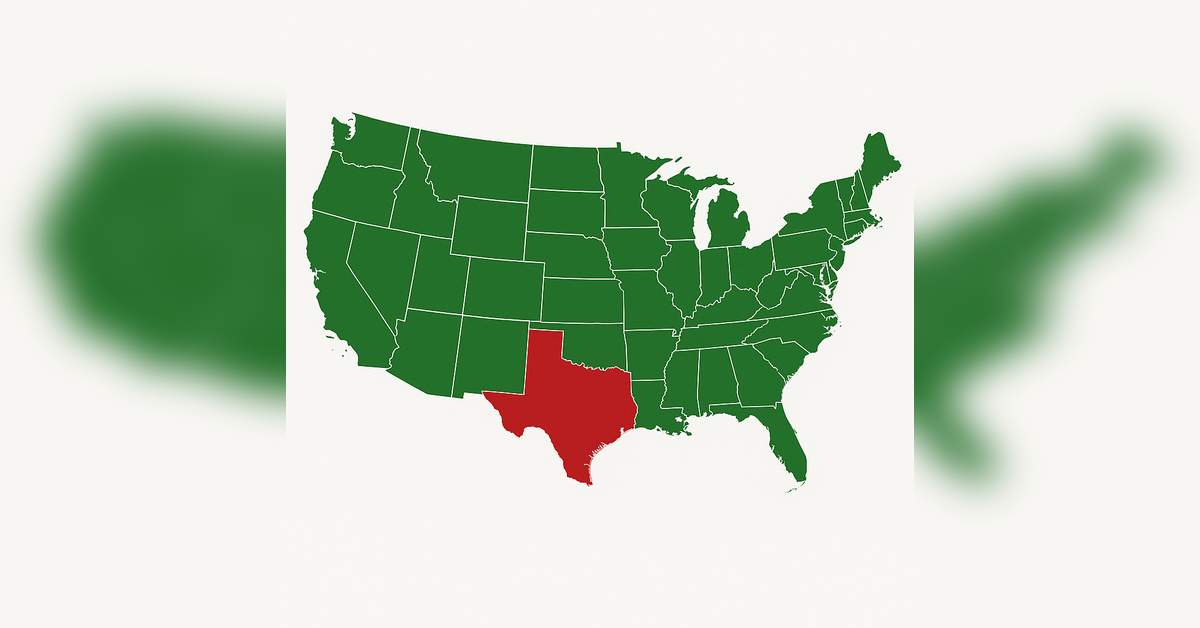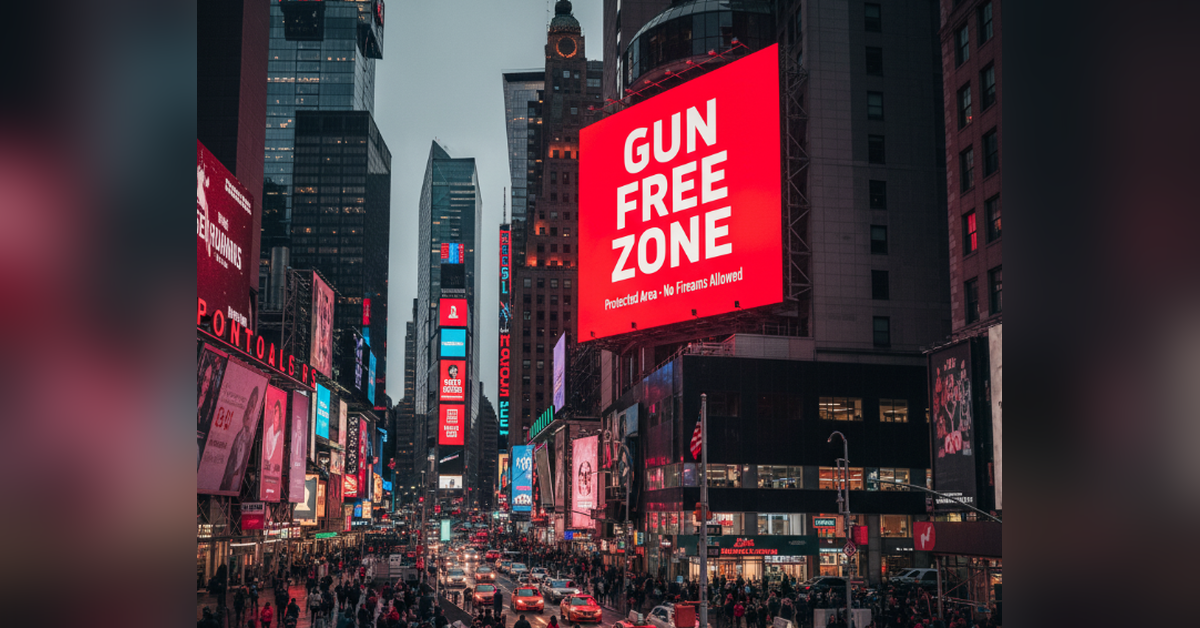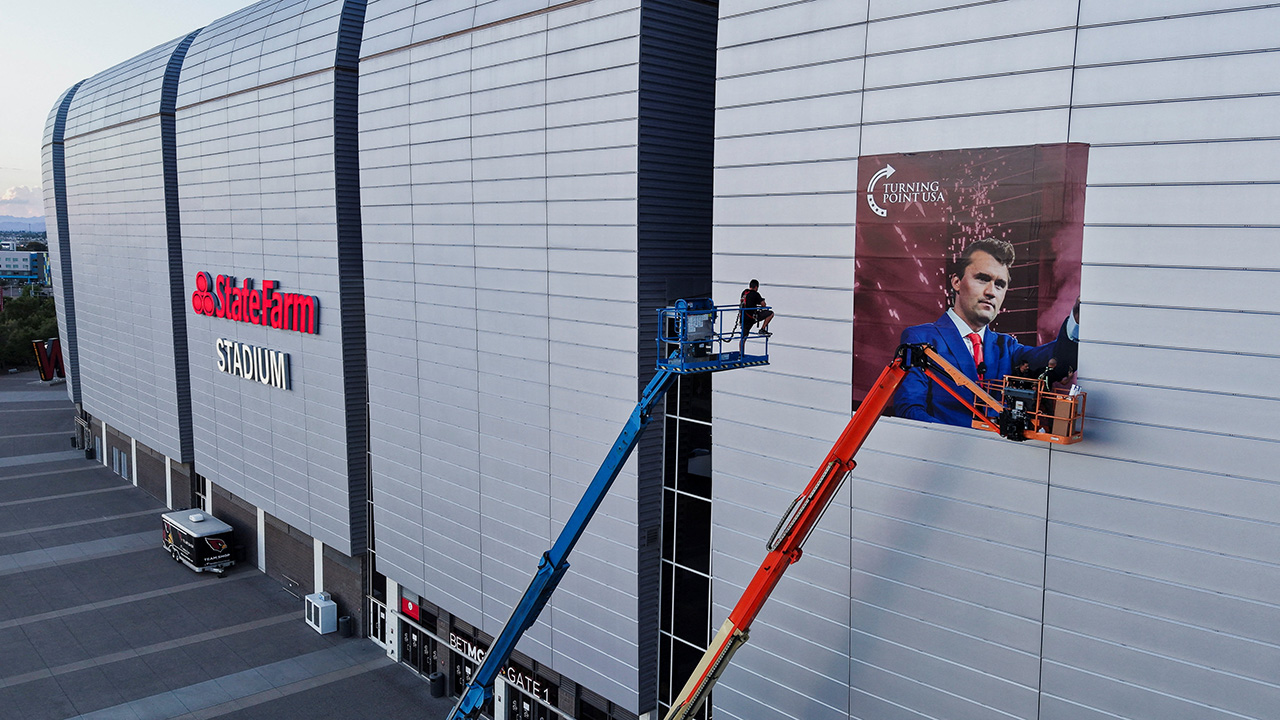Pentagon shifts $200 million to seal off border bombing range
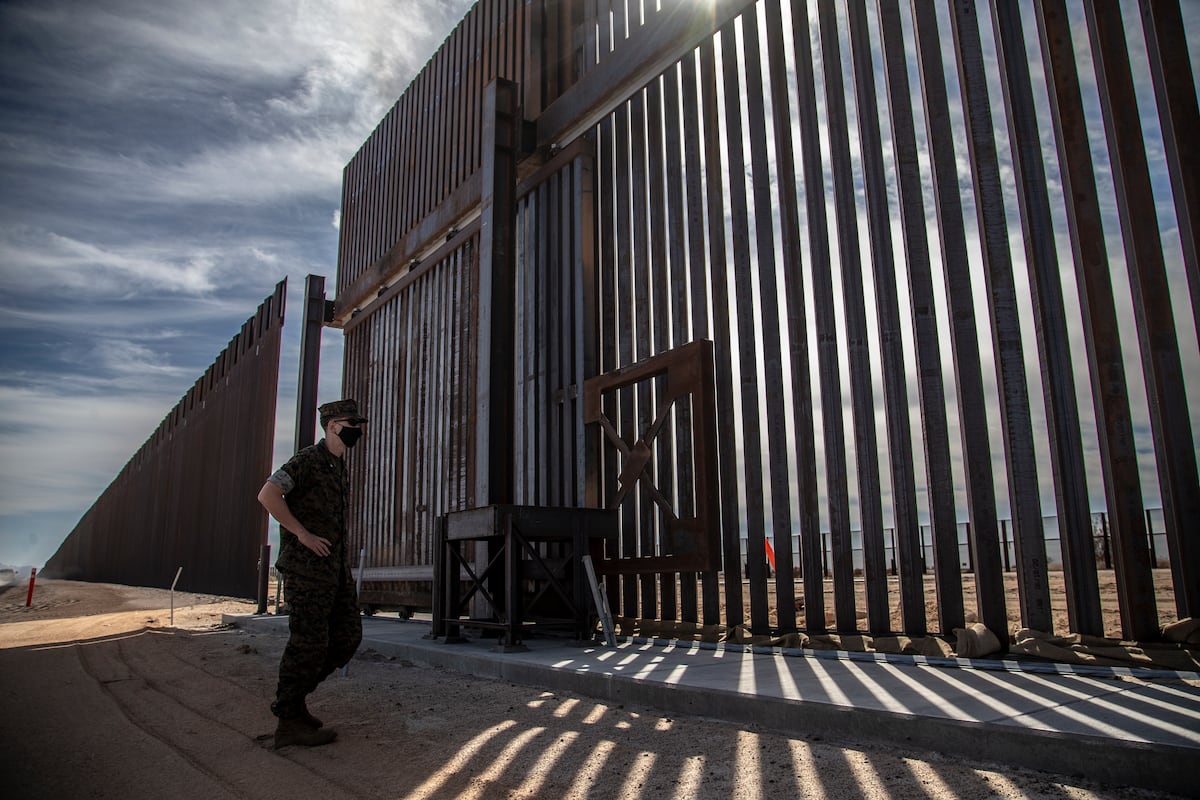
The Pentagon is seeking to reallocate $200 million in funding for barriers to seal off areas surrounding Arizona’s Barry M. Goldwater Air Force Range, long used as a narcotics trafficking corridor.
The approval request to Congress specifies that four 30-feet-tall permanent border barriers with pedestrian gates will be built at $50 million each in areas around the bombing range currently operated by the Army, Navy, Air Force and Defense Department. The funds will also cover the improvement of road surfacing in the area.
“The [defense secretary] determined that the construction … is necessary to obtain full operational control of the border at the [Barry M. Goldwater Range] and requested each Service Secretary to assess and decide on the need for this project,” according to the Pentagon’s request to Congress.
Earlier this month, the Pentagon established a new national defense area, or NDA, near the bombing range as an extension of Marine Corps Air Station Yuma and placed this NDA under control of the Navy.
The bombing range, spanning a vast swath of the Sonoran Desert, has been a major corridor for illicit narcotics trafficking for well over a decade, Military Times previously reported.
The Arizona High Intensity Drug Trafficking Area and the Department of the Interior produced a report in 2002 outlining problems related to smuggling in the area of the range, including damage to public lands and wildlife, border fences being torn down and dangerous conditions created by cartels engaging in human trafficking and narcotics smuggling. In 2011, illegal crossings at the range were highlighted in photos by The New York Times.
The range is also scattered with human remains of those making illegal crossings and of other unidentified individuals. In 2019, Customs and Border Protection recovered the remains of a Guatemalan woman from the bombing range who had been left behind while traveling with a group of migrants entering the country illegally.
“This was an unnecessary death. This group should never have been on the Barry M. Goldwater Bombing Range. Yuma Sector agents have seen an increase in illegal entries in this area and we feel strongly that effective anti-pedestrian/vehicle barriers are needed to improve the security and safety there,” Yuma Sector Chief Patrol Agent Anthony J. Porvaznik said in a release at the time.
As of 2023, a U.S. Air Force report detailed that the same problems were still plaguing the area, with off-road traffic by migrants entering the country illegally and narcotics smugglers creating “a dramatic amount of litter and trash,” causing wildfire risks.
The Barry M. Goldwater Range Executive Council noted that large quantities of drugs being seized and fencing was repeatedly breached, with a Border Patrol representative noting that agents were continuing to “see multiple breaches of the border wall on Cabeza Prieta between Monuments 180 and 175. As the breaches are cut, they are repaired, but they cannot keep up.”
Zita Ballinger Fletcher previously served as editor of Military History Quarterly and Vietnam magazines and as the historian of the U.S. Drug Enforcement Administration. She holds an M.A. with distinction in military history.
Read the full article here





